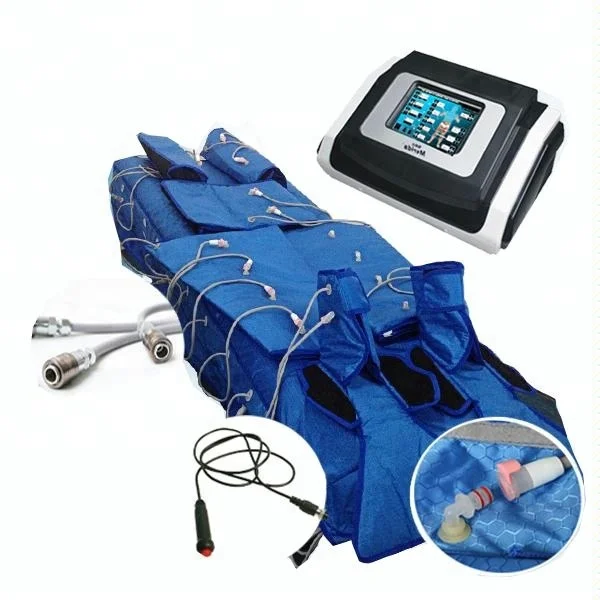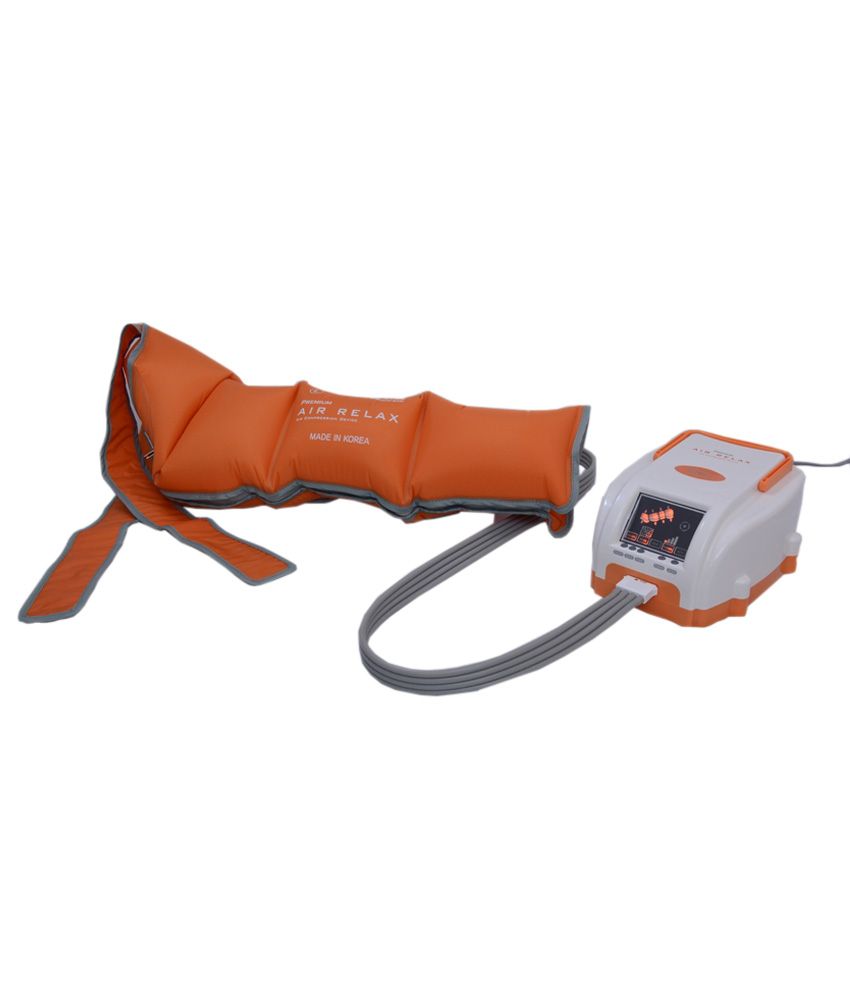

Implementing effective pain management strategies to alleviate discomfort associated with postpartum thrombophlebitis. Initiating and managing appropriate anticoagulant therapy to prevent the progression of blood clots and reduce the risk of complications. The following are the nursing priorities for patients with postpartum thrombophlebitis: Nursing care plan goals for a client diagnosed with postpartum thrombophlebitis include enhancing tissue perfusion, facilitating the resolution of thrombus, promoting optimal comfort, preventing complications, and providing information and emotional support. Administer Medications and Provide Pharmacologic Support Initiating Patient Education and Health Teachings Nursing management focuses on preventing thrombotic conditions, promoting adequate circulation if thrombosis occurs, and educating the client about preventive measures, anticoagulant therapy, and danger signs. It may have dramatic signs and symptoms, such as sudden chest pain, cough, dyspnea, a decreased level of consciousness, and signs of heart failure.Īlthough thromboembolic disorders occur in less than 1% of all postpartum women, pulmonary embolism can be fatal if a clot obstructs the lung circulation thus, early identification and treatment are paramount. Pulmonary embolism occurs when the pulmonary artery is obstructed by a blood clot that breaks off and lodges in the lungs. However, the Homan’s sign is not always reliable during the postpartum period because it is not specific to blood clots postpartum. DVT can involve veins from the feet to the femoral area and is characterized by pain, calf tenderness, leg edema, color changes, pain when walking, and sometimes a positive Homan’s sign. While approximately 50% of clients with DVT are asymptomatic, DVT is more serious in potential complications, such as pulmonary embolism, post-thrombotic syndrome, chronic venous insufficiency, and vein valve destruction. It involves the saphenous vein of the lower leg and is characterized by a painful, hard, reddened, warm vein that is easily seen. Superficial thrombophlebitis is more prevalent postpartum than during pregnancy and is seen more in women experiencing varices. The levels of fibrinogen and other clotting factors normally increase during pregnancy, whereas levels of clot-dissolving factors are normally decreased, resulting in a state of hypercoagulability. The size of the clot can increase as circulating blood passes over it and deposits more platelets, fibrin, and cells.

The three most common thromboembolic conditions during the postpartum period are superficial venous thrombosis (SVT), deep vein thrombosis (DVT), and pulmonary embolism (PE). Thrombophlebitis is inflammation with the formation of blood clots.


 0 kommentar(er)
0 kommentar(er)
